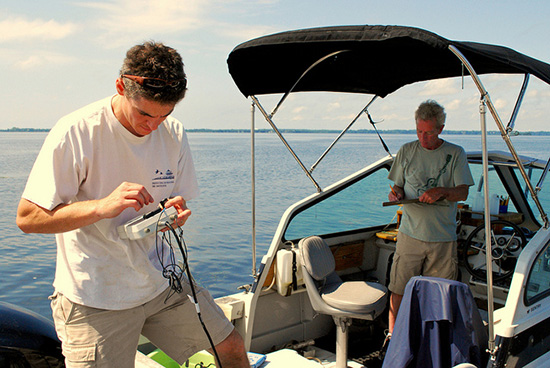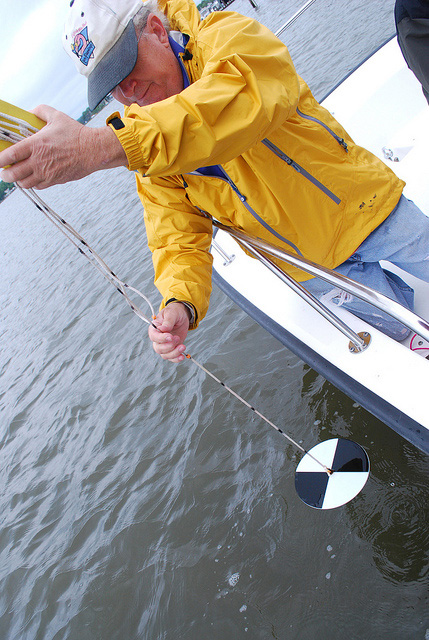Letter from Leadership: The value of water monitoring volunteers
Volunteer-collected water quality data is a critical part of Chesapeake Bay restoration.
Last month, I had the chance to attend the two-day Mid-Atlantic Volunteer Monitoring Conference in Shepherdstown, West Virginia. The conference was hosted by the West Virginia Department of Environmental Protection, and brought volunteers, environmental organizations and governmental agencies together to discuss the ins and outs of water quality monitoring, from sample collection and analysis to the management, presentation, visualization and communication of data.

Water quality monitoring is at the heart of Chesapeake Bay restoration. This critical data helps us determine how well our pollution control measures are working. Chesapeake Bay Program partners collect a huge amount of water quality data from nearly 270 tidal and non-tidal monitoring stations across the watershed. The cost of this work—approximately $10 million each year—is borne by federal agencies, watershed states, local jurisdictions and organizations like the Susquehanna River Basin Commission and the Interstate Commission on the Potomac River Basin.
While this monitoring network is extensive and the data it generates is rich, it can’t tell us what water quality is like in some of our smaller creeks and streams. But this gap has been slowly filled over the past 30 years, as non-profit organizations have grown in size and sophistication and have developed their own water quality monitoring capabilities. Some of these volunteer monitoring groups, along with a growing number of counties and municipalities, have even established sample collection and analysis procedures comparable to those used by state and federal agencies.

Local citizens want to know what water quality is like in the creeks, streams and rivers that run through their own communities. Many want to know what’s going on—sometimes literally—in their own backyards. And government can’t do it all. So we have come to recognize the value of volunteer-collected local monitoring data, and we use this data to supplement our own. Last month’s volunteer monitoring conference convinced me that we must continue to encourage these local efforts if we are to succeed in restoring the Chesapeake Bay watershed.

Comments
There are no comments.
Thank you!
Your comment has been received. Before it can be published, the comment will be reviewed by our team to ensure it adheres with our rules of engagement.
Back to recent stories